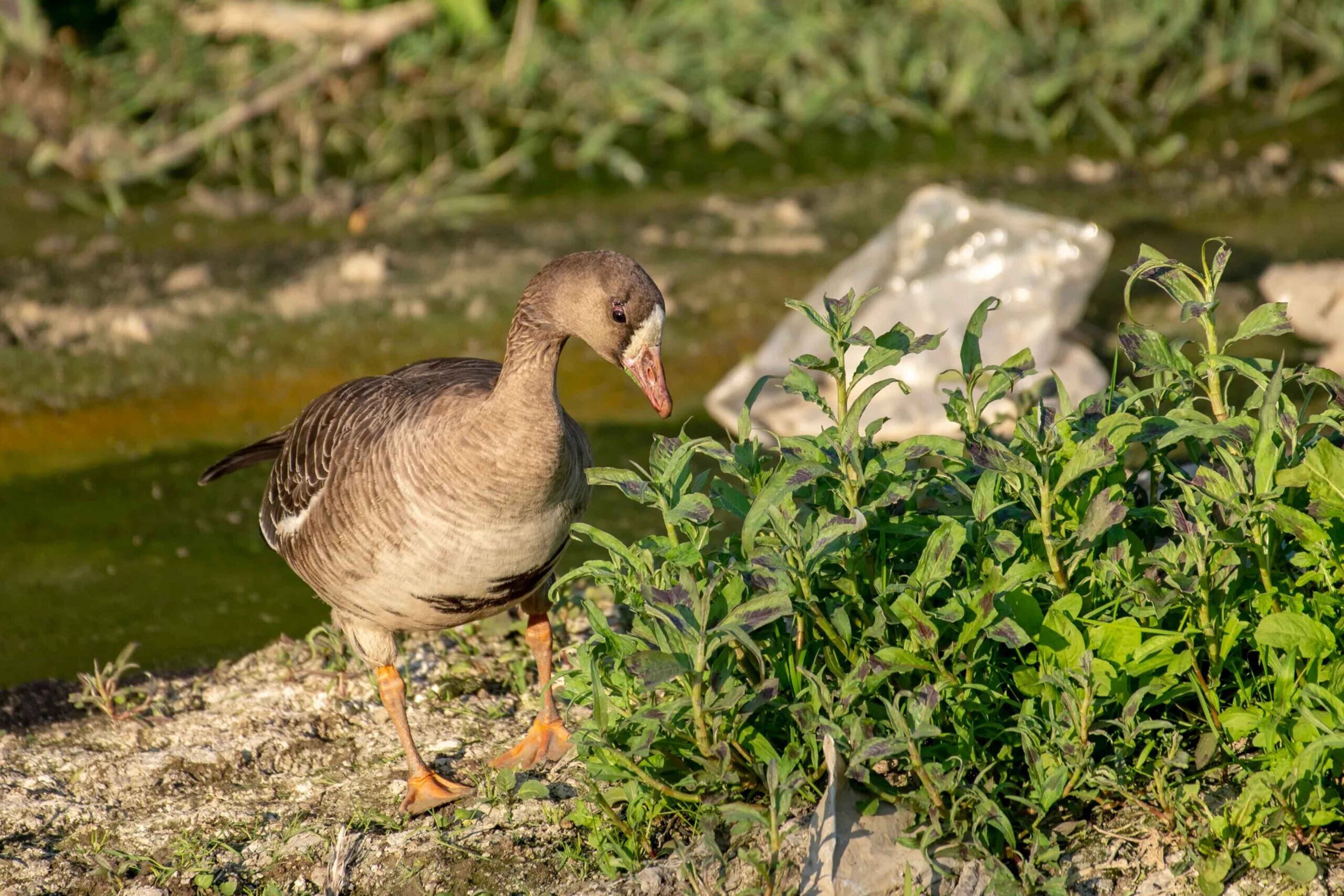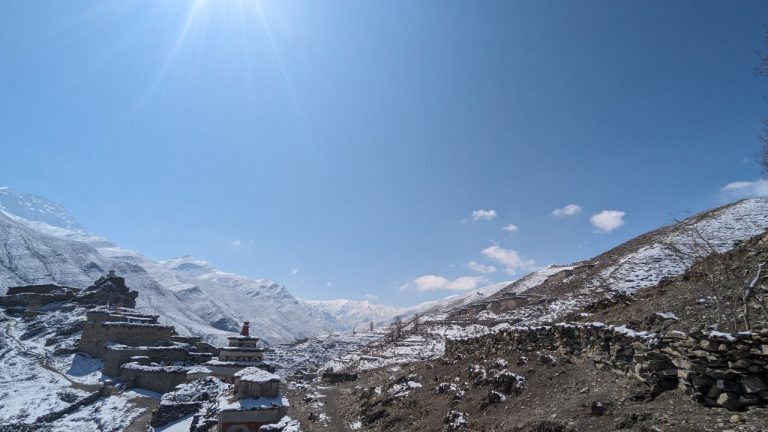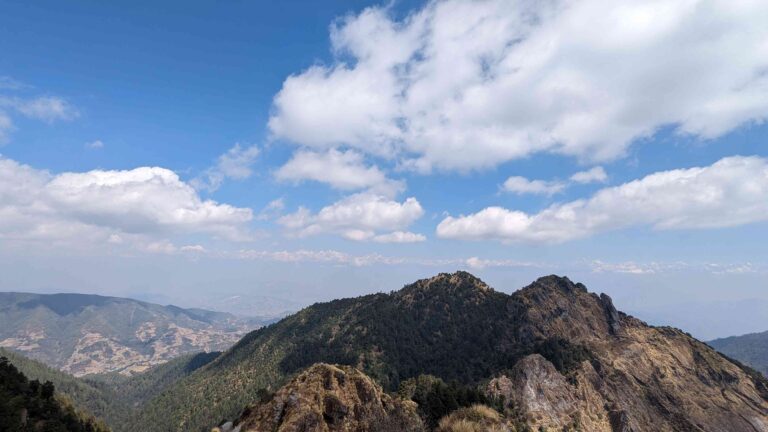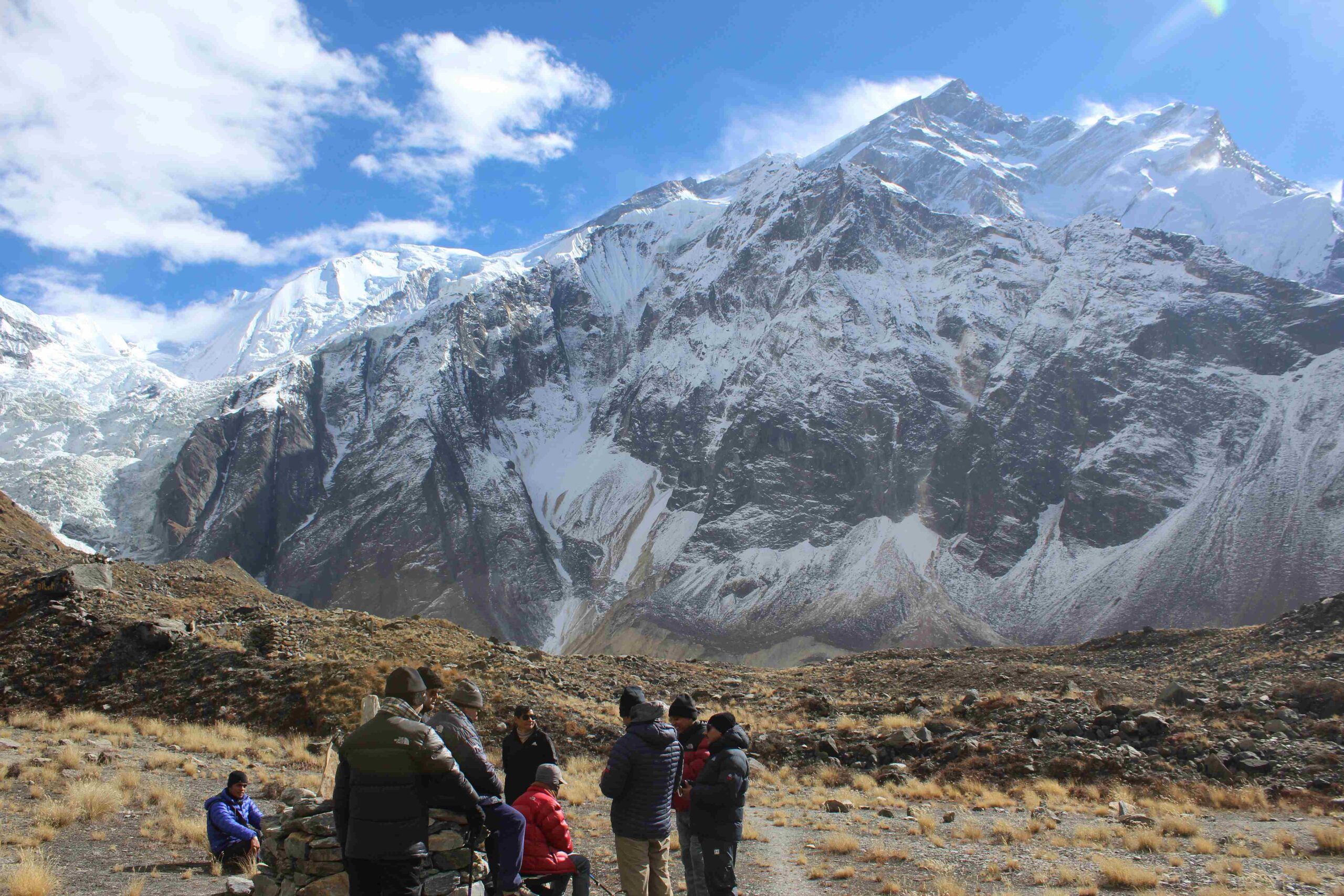the Kathmandu Valley in Bhaktapur, Nepal, has welcomed a rare and elusive visitor for the first time – the Greater White Feathered Goose (Anser albifrons). Bird conservationist and researcher Sanjay Shrestha shared the exciting discovery, marking a significant moment for the region’s avian biodiversity.
The sighting of the Greater White-Fronted Goose brings to mind the previous instances of rare bird appearances in Nepal. Notably, the black swan made its debut in the country on March 24, 2004, when two geese were discovered in the Koshi Tappu Wildlife Reserve. Last year, four individuals of this species, known for their high-altitude flights during the summer season, were spotted near the Narayani River.
The recent discovery in the Hanumante area of Bhaktapur has sparked the interest of ornithologists and bird enthusiasts alike. Renowned experts such as Dr. Kamalraj Gosai, Sujan Shrestha, and Suryaman Shrestha have captured captivating images of the Greater White Feathered Goose. According to Gosai, the bird likely entered Nepal from extremely cold countries like Russia and Siberia, seeking refuge from the harsh winter conditions.
Adaptation to Warmer Climates
Dr. Gosai explains that the Greater White Feathered Goose is not well-suited to endure cold weather, prompting its migration to more temperate regions like Nepal. This behavior aligns with the bird’s natural instincts to escape extreme temperatures and find suitable habitats for feeding and resting.
Conservation Efforts
The momentous arrival of the goose in Hanumante has been documented by Himalayan Nature, World Conservation Nepal, and E-Word Nepal, organizations dedicated to monitoring and recording the conditions of birds worldwide. The collaborative efforts of these groups contribute to our understanding of avian migration patterns and the importance of preserving diverse ecosystems.
Winter Stay and Return Migration
Typically weighing between three to four kilograms, these geese are expected to stay in Nepal for the winter season, taking advantage of the relatively milder climate. After approximately two months, they are anticipated to embark on their return journey to their original habitat, completing another chapter in their remarkable migratory cycle.
The unprecedented sighting of the Greater White Feathered Goose in Bhaktapur adds a new dimension to Nepal’s rich biodiversity. This event serves as a reminder of the interconnectedness of ecosystems and the importance of conservation efforts to protect and preserve the habitats that make such extraordinary encounters possible. As researchers continue to study and document these rare moments, the hope is that increased awareness will lead to enhanced conservation initiatives, ensuring the continued existence of these fascinating migratory species in the years to come.




